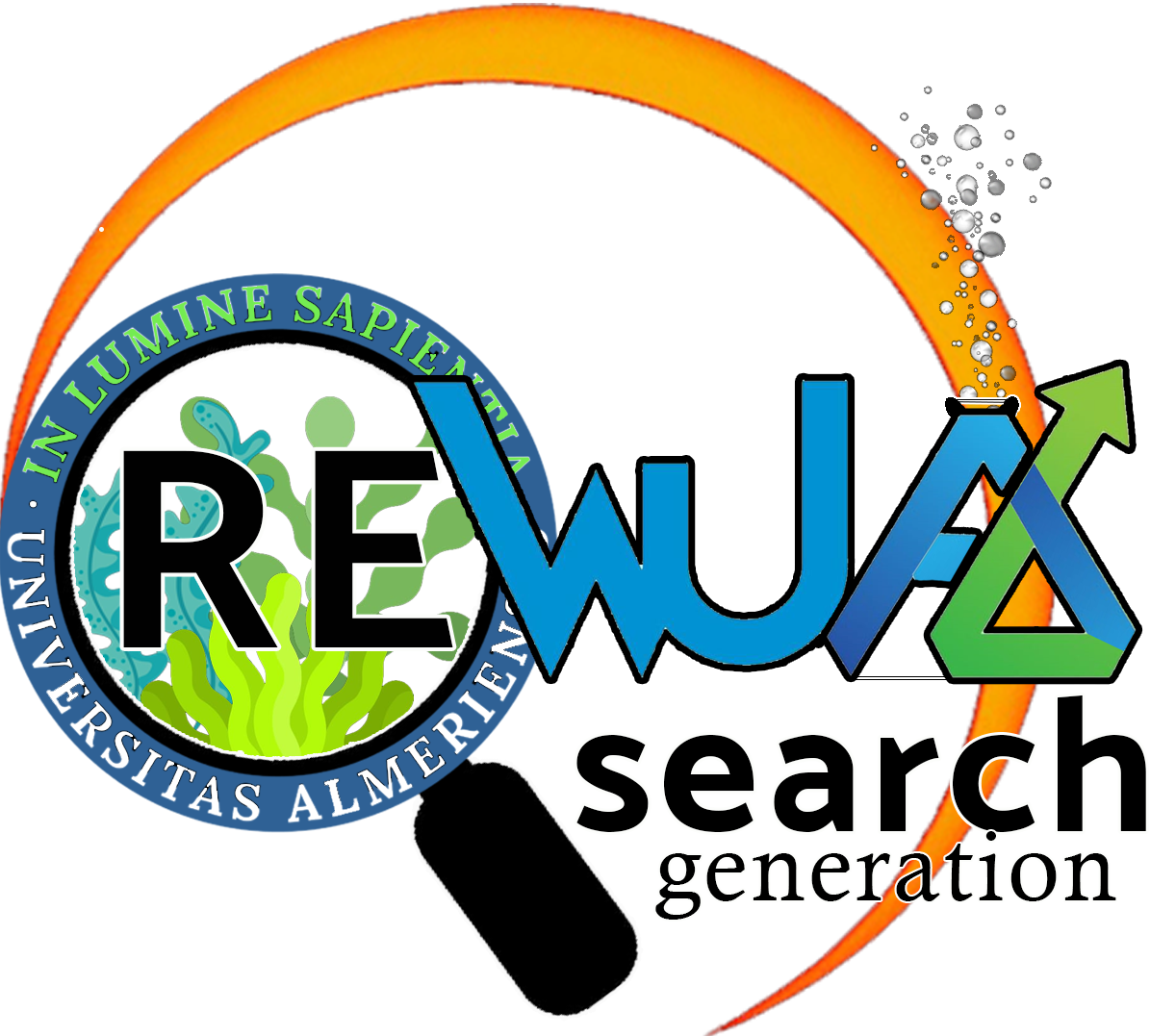SABANA Microalgal Demo Plant
What’s the real problem we’re trying to solve here?
Industrial-scale Demonstration Center of a microalgae-based biorefinery. The SABANA facilities allow demonstrating technologies, assessing and optimizing the operating parameters of different processes, evaluating environmental impacts, estimating economic parameters, collaborating with potential customers, and validating end products.
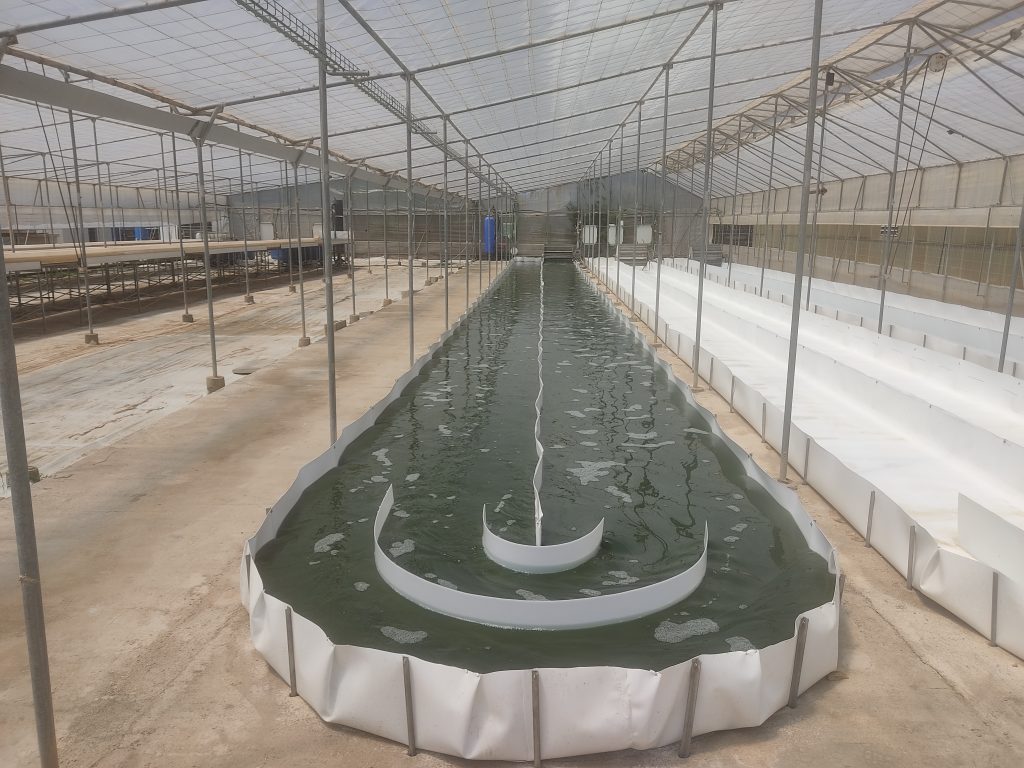
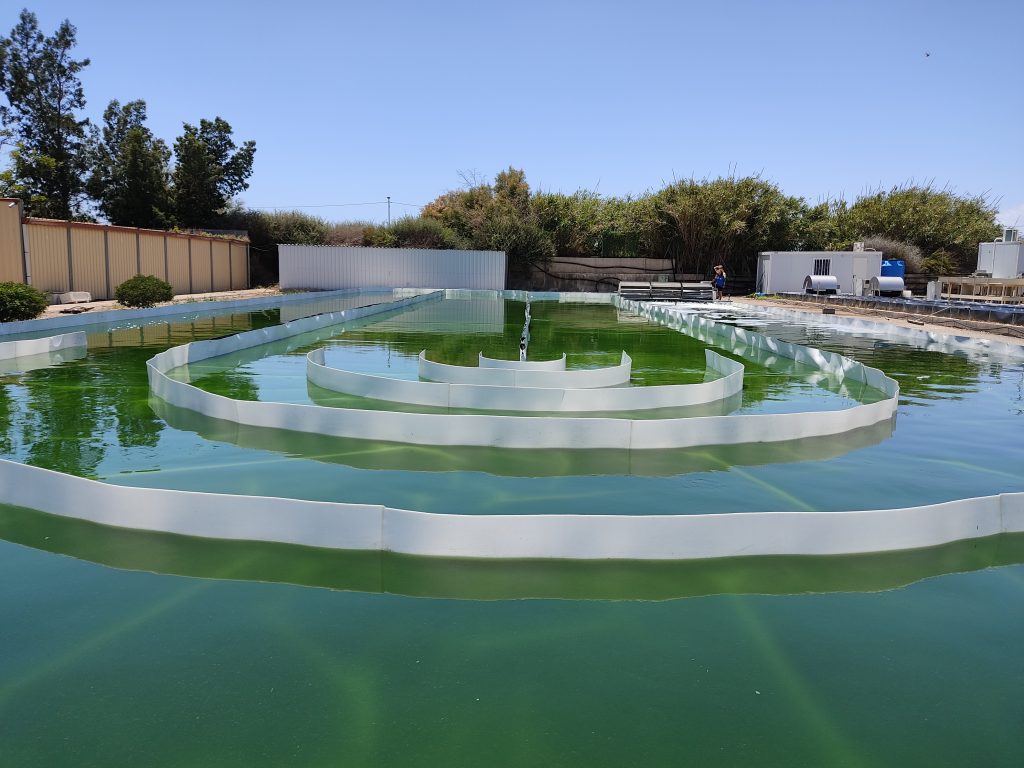
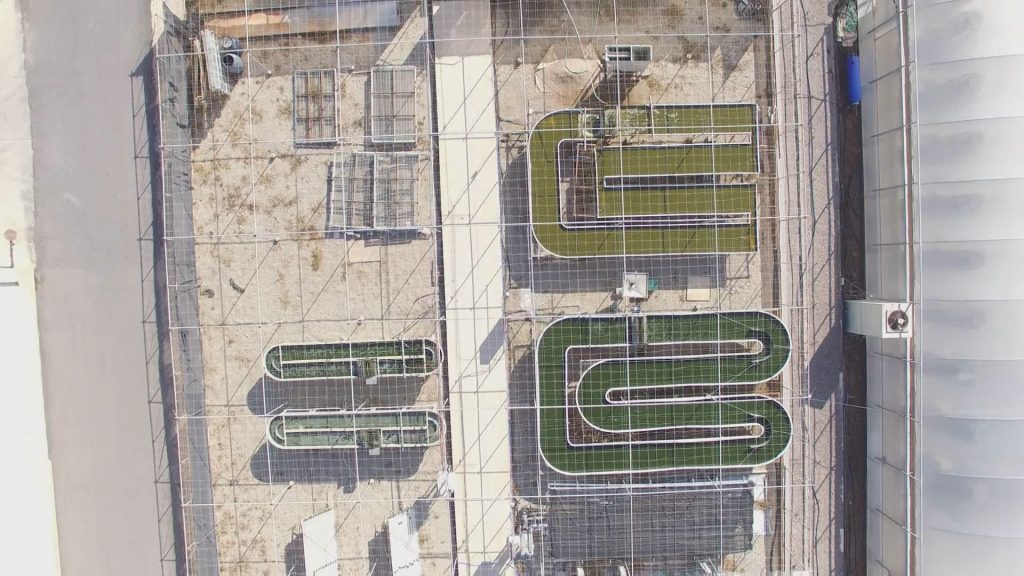
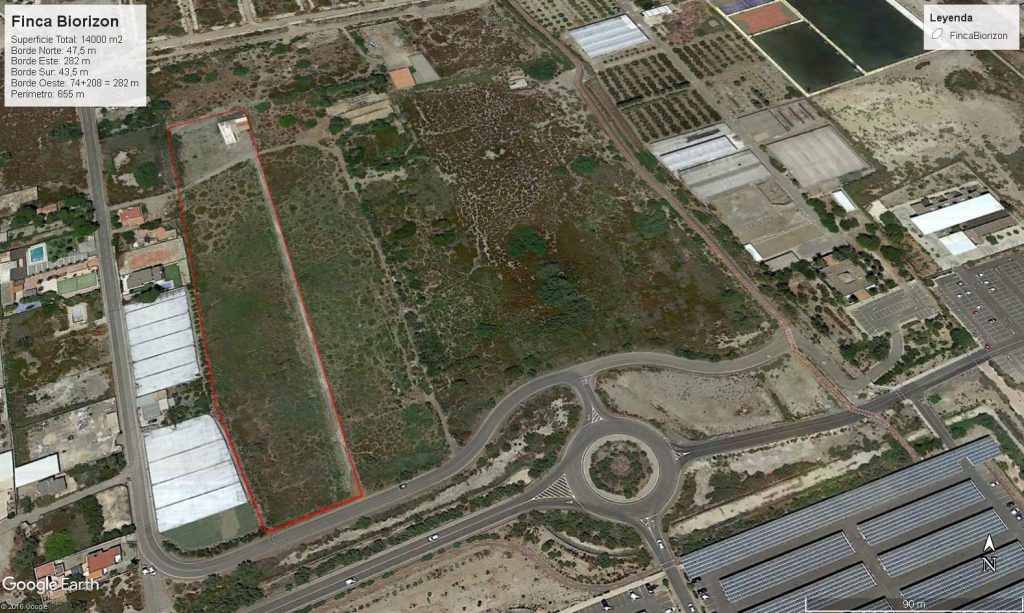
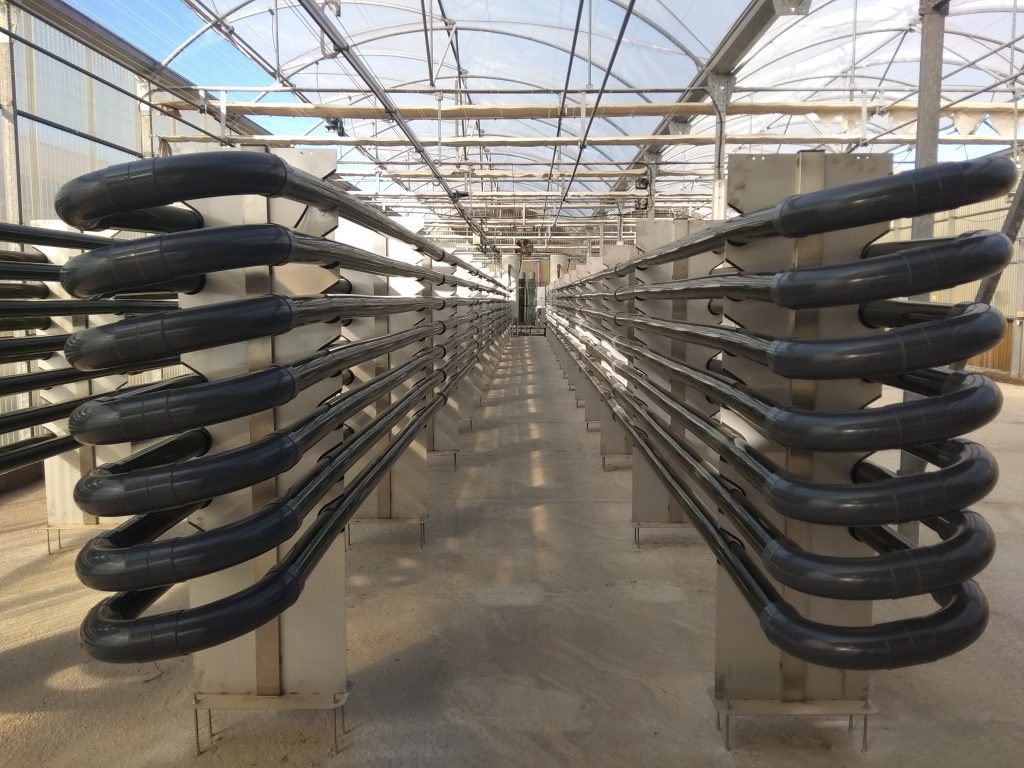
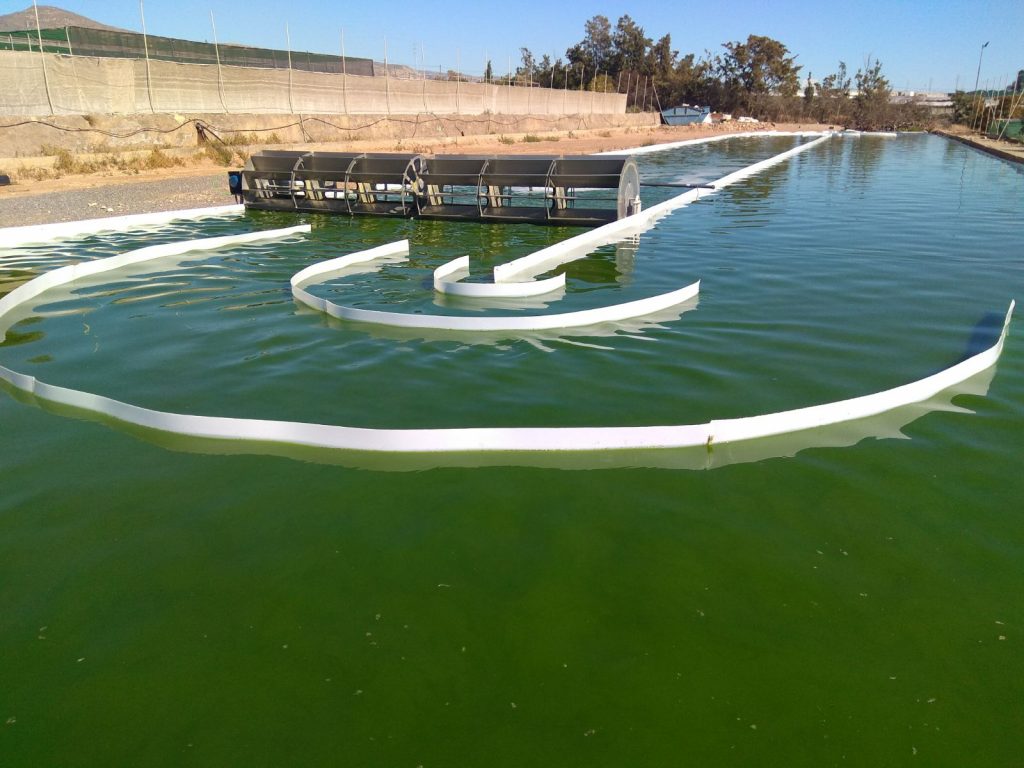
INFRASTUCTURE AND SERVICES
The facilities occupy an area of 5.000 m2 that includes the equipment and infrastructure required for the development and evaluation of sustainable processes based on microalgae. The available infrastructure has been financed through various European projects such as H2020 SABANA, H2020 PRODIGIO, or DIGITALGAESATION and national and regional projects. The SABANA Demonstration Facilities form part of the PILOTS4U network, belonging to the BioBased Industries (BBI) platform.
The infrastructure currently available allows the study of different species of microalgae to determine their optimal production conditions, as well as the production of these species using different technologies (raceway type reactors, thin-layer reactors, closed reactors, etc.); all of them at a pre-industrial scale. Another key characteristic of the Demonstration Plant is the possibility to process the biomass, assessing the capacity of different harvesting technologies (centrifugation and ultrafiltration), cell wall disruption (enzymatic hydrolysis, high-pressure homogenization, sonication), and drying (freeze-drying, spray-drying, all of them at a pre-industrial scale. The production capacity varies from 1 to 100 kg since specific equipment is available for the different stages of the production process. The plant has the capacity to produce microalgal biomass using different types of water, including fresh water, primary or secondary wastewater, and seawater. Experts in the field are able to develop biological models, design, optimise and validate advanced control strategies in large-scale photobioreactors, characterize the produced biomass in terms of physical, chemical, and bioactive attributes and validate processes at a pilot scale.
The users of the SABANA facility are mainly researchers from national and international universities and research institutes, companies related to microalgal biotechnology, and entities involved in agriculture, animal feed, and human food production. All of them have the to develop innovative products and processes given the versatility offered by the microalgae and the SABANA facilities.
Photobioreactors
OUTDOORS
- 10 bubble columns (100 L) for inocula preparation
- 3 raceway reactors (1.2 m3, 8 m2 each)
- 5 raceway reactors (12 m3, 80 m2 each)
- 1 raceway type reactor (120 m3, 800 m2)
- 1 thin-layer reactor (2.4 m3, 65 m2)
- 1 thin-layer reactor (3.6 m3, 130 m2)
- 3 tubular reactors of (3.5 m3 each)
INDOORS
- 10 photobioreactors (2 L)
- 3 bubble columns illuminated with LEDs (100 L each)
- 3 bubble columns illuminated with LEDs (350 L each)
Harvested and processing of the biomass
- Centrifuge GEA SSD 6-06-007
- Ultrafiltration membranes PURON, PULSION, BC-10, BC-100 (100-1000 L/h)
- GEA NS3015H high pressure homogenizer
- Hielscher UP400S sonicator
- Fermenter for enzymatic hydrolysis (20-200 L)
- Pressure transesterification reactor (200 L)
Drying and storage
- Spray-dryer GEA MM-PARA
- Cold rooms (4 °C)
- Freezers (-20°C)
Techniques
- Culture chamber for strain maintenance, optimization of culture conditions and their characterization. Controlled cultivation conditions, monitoring of culture through SCADA, evaluation of inputs and biomass production.
- Characterization of crops. Microscopic observation, photo respirometry, determination of dry weight and biochemical composition. Analysis of culture media.
- Evaluation of photobioreactors. Dynamic fluid characterization of mass and heat transfer. Availability of light. Energy consumption. Biomass productivity.
- Evaluation of microalgae and cyanobacteria harvesting and processing systems. Biomass recovery, concentration factor, rheology of cultures and concentrates, biomass stability.
- Cell rupture by enzymatic and physical-chemical methods. Biomass processing by chemical, physical and enzymatic methods. Extraction of compounds of interest. Drying and conservation of biomass.
- Microbiological and physicochemical analysis of biomass and products. Techno-economic and life cycle analysis of processes.
Benefits
- Evaluation of microalgal strains. Development of biological models.
- Design and construction of photobioreactors. Evaluation of photobioreactors.
- Development of monitoring systems and advanced control strategies.
- Production of algal biomass and evaluation of its quality for its application in various fields.
- Development of wastewater and agro-industrial waste treatment processes using microalgae
- Physicochemical and microbiological characterization of algal biomass
- Production of biofertilisers, biostimulants and biopesticides based on microalgae
- Production of biofuels based on microalgae.
- Production of microalgae extracts for applications in human and animal nutrition.
- Microbiological and physicochemical analyses
- Techno-economic and life cycle analysis
